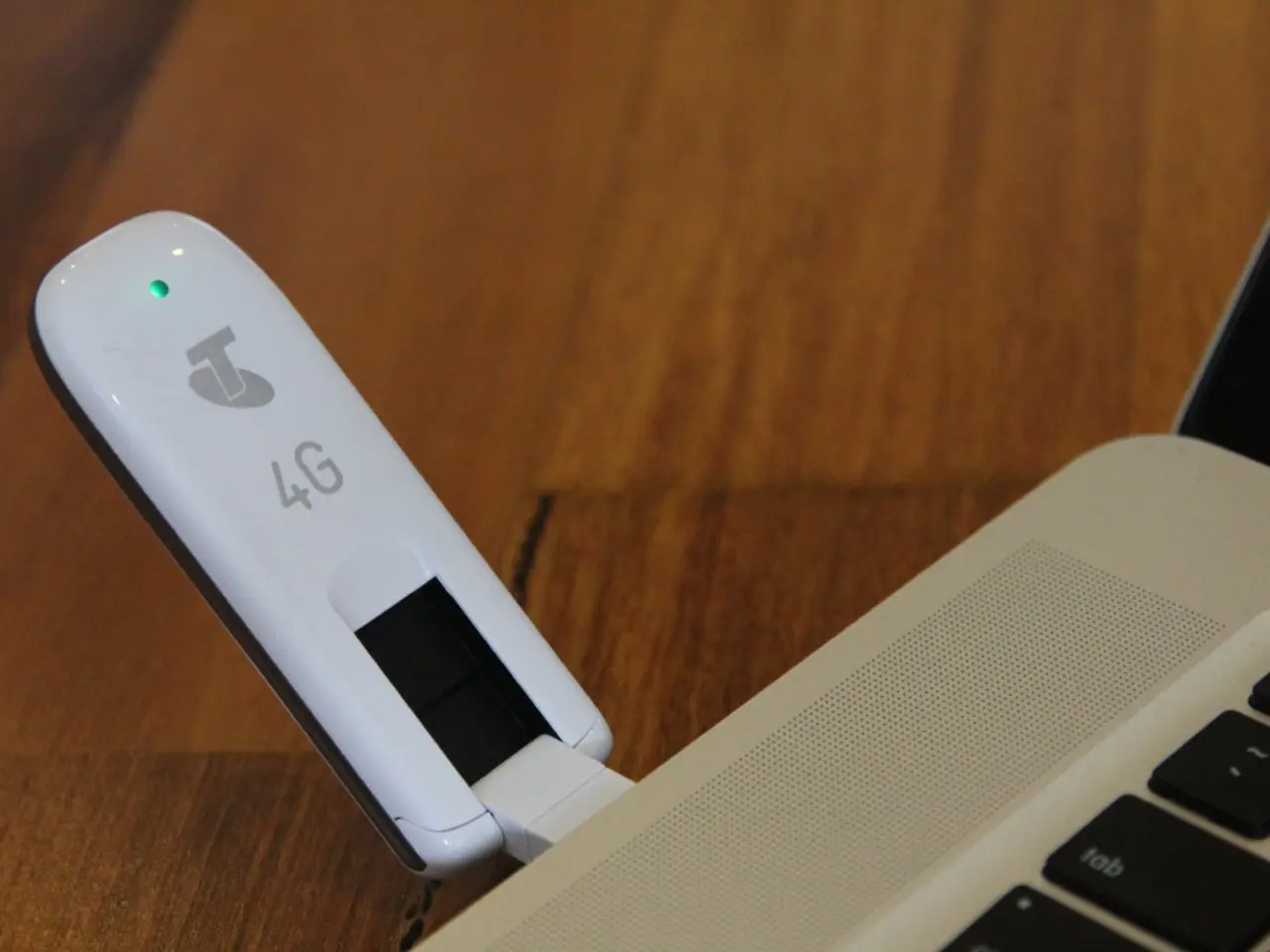Progress and Evolution of Storage Systems: The Distance Traveled from Floppy Disks to Contemporary Storage
In the early 1970s, IBM introduced a groundbreaking innovation that would revolutionise personal computing - the floppy disk. This portable data storage device allowed users to store and transfer files with ease, without the need for direct cable connections or large hardware.
Initially, floppy disks were far from perfect. The 8-inch floppy disks were primarily used for transferring data between mainframe computers, with a storage capacity of just 70 KB. The 5.25-inch floppy disk, which emerged as the standard for home computers in the 1980s, offered a slightly improved capacity of around 360 kilobytes. However, it was the 3.5-inch floppy disk, introduced in the 1990s, that became the go-to medium for storing and sharing data, with a higher storage capacity of 1.44 megabytes [2][4].
Despite their limited capacity by today's standards, floppy disks were essential for software installation, data backups, and file transfers at a time when other storage options like hard drives and CD-ROMs were either expensive or less common [4].
However, the evolution of technology has rendered floppy disks obsolete. Modern storage technologies such as solid-state drives (SSDs), large-capacity hard drives, USB flash drives, and cloud storage provide vastly superior storage in terms of capacity, speed, durability, and convenience [1][2][4][5].
SSDs, for instance, have no moving parts and rely on flash memory to store data. They are much faster, more durable, and less prone to failure compared to traditional hard drives. Modern hard drives can store several terabytes of data, while a typical SSD can hold anywhere from 250 GB to several terabytes [3].
USB flash drives offer storage capacities that can range from a few gigabytes to several terabytes, making them a versatile storage solution. The introduction of USB flash drives in the mid-2000s marked a major turning point, offering larger storage capacities, faster transfer speeds, and a more durable design [5].
Cloud storage services such as Google Drive, Dropbox, and OneDrive have also revolutionised the way we store and share files. They offer real-time synchronisation, enabling changes made on one device to be updated across all devices connected to the cloud. Cloud storage also eliminates the limitations of physical media, offering virtually unlimited storage capacity [3].
Modern storage devices are now faster, more reliable, and more capable than ever before. For instance, a modern USB flash drive can transfer data at speeds of several hundred megabytes per second. In comparison, floppy disks were slow, with read/write speeds measured in seconds [2].
The rise of hard drives, CD-ROMs, and other forms of storage in the 1990s and 2000s outpaced the capabilities of floppy disks, making them increasingly irrelevant. CD-ROMs offered far more storage space and were read-only, making them less prone to wear and tear [1].
As we look to the future, emerging technologies are promising to change the way we store, access, and manage data. The advent of quantum computing, for example, could lead to storage capacities that are exponentially larger than what we have today [6].
In summary, while floppy disks revolutionised personal computing by introducing portable data storage and software distribution, they have become obsolete due to their limited capacity and slow speeds relative to modern storage technologies that offer exponentially greater storage, faster access, and seamless sharing capabilities [1][2][4][5].
References: [1] History of Computer Storage. (n.d.). Retrieved from https://www.britannica.com/technology/computer-storage [2] The History of the Floppy Disk. (n.d.). Retrieved from https://www.pcworld.com/article/3299871/the-history-of-the-floppy-disk.html [3] The Evolution of Storage. (n.d.). Retrieved from https://www.backblaze.com/blog/storage-evolution/ [4] The Floppy Disk: A Brief History. (n.d.). Retrieved from https://www.cnet.com/tech/computing/the-floppy-disk-a-brief-history/ [5] The Floppy Disk: A Dead Format That Still Has a Place in Tech. (2019, March 28). Retrieved from https://www.wired.com/story/floppy-disk-dead-format-still-place-tech/ [6] Quantum Computing: The Future of Storage and Processing. (n.d.). Retrieved from https://www.ibm.com/quantum-computing/storage/
Gadgets like flash drives and tech gadgets have surpassed floppy disks in terms of storage capacity, speed, and convenience, making them popular choices for data storage and transfer. The evolution of technology has led to the emergence of solid-state drives (SSDs), large-capacity hard drives, and cloud storage, which offer vastly superior storage options compared to floppy disks [2][4]. Today, USB flash drives are widely used for storing data-and-cloud-computing needs, with storage capacities that range from a few gigabytes to several terabytes, making them a versatile and efficient storage solution [5]. The introduction of these modern storage devices has rendered floppy disks obsolete, as they are unable to matches the capacities and speed of contemporary technologies.




